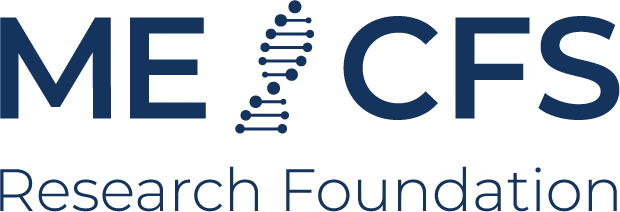Muscle microclots and microvascular pathology in ME/CFS
About
Project description
Background
Symptoms affecting the muscles are one of the key features of ME/CFS. Muscle pain, weakness and fatigue cause significant suffering, and can severely limit individuals’ day-to-day activities and quality of life. Furthermore, these and other symptoms of the disease can worsen or relapse following even modest physical exercise – a crucial characteristic of ME/CFS known as post-exertional malaise (PEM), which can last for days or weeks.
Very little is known about the causes of muscle abnormalities and PEM in ME/CFS, but Dr Rob Wust and colleagues at Vrije Universiteit Amsterdam in the Netherlands believe they may have a lead. Much has been made of the similarity in symptoms between ME/CFS and Long COVID – the chronic condition that some patients develop following COVID-19 – and whether the two might be linked. Dr Wust’s own research in a cohort of patients with Long COVID uncovered a number of abnormalities in muscle function following exercise, as well as an increase in the accumulation of microscopic blood clots (microclots) in the muscle tissue.
The density of these microclots was higher in muscle samples from people with Long COVID than from healthy control subjects, and was increased following an exercise session to induce PEM. These findings therefore provide some evidence of a link between exercise, local microclot accumulation and immune cell activation in people with long COVID. But could there be a similar picture in people with ME/CFS? This is the question Dr Wust and colleagues want to answer in this new study.
The researchers aim to collect skeletal muscle biopsy samples and venous blood samples, before and after the induction of PEM, from 25 people who fulfil Canadian Consensus Criteria for ME/CFS. Many of these samples have already been obtained. Samples are also being collected from patients with Long COVID and healthy control subjects.
Immunofluorescence techniques will be used to identify and assess the location of microclots in the muscle and in blood samples, and to correlate these with the presence of clinical symptoms. Electron microscopy will also be performed to assess the structure of the capillaries (microscopic blood vessels) and mitochondria (responsible for energy production in cells) in the skeletal muscle fibres.
A third aim is to look for markers in the blood that indicate muscle tissue stress, and to determine whether these correlate with abnormalities in muscle tissue structure.
Understanding the clinical consequences of PEM will not be possible without a better comprehension of the pathological mechanisms involved, and the researchers anticipate that their findings will help do this. The results will be integrated into the newly developed Netherlands ME/CFS Cohort and Biobank (NMCB), and may pave the way towards a new therapy which, if it is based on established treatments, could be implemented relatively quickly.
Description adapted from project website: see link above.
Patient cohort
ME/CFS according to Canadian Consensus Criteria (CCC) compared with Post-COVID-Syndrome (PCS) and healthy controls.
Patients enrolled: 25
Age group: Not available
